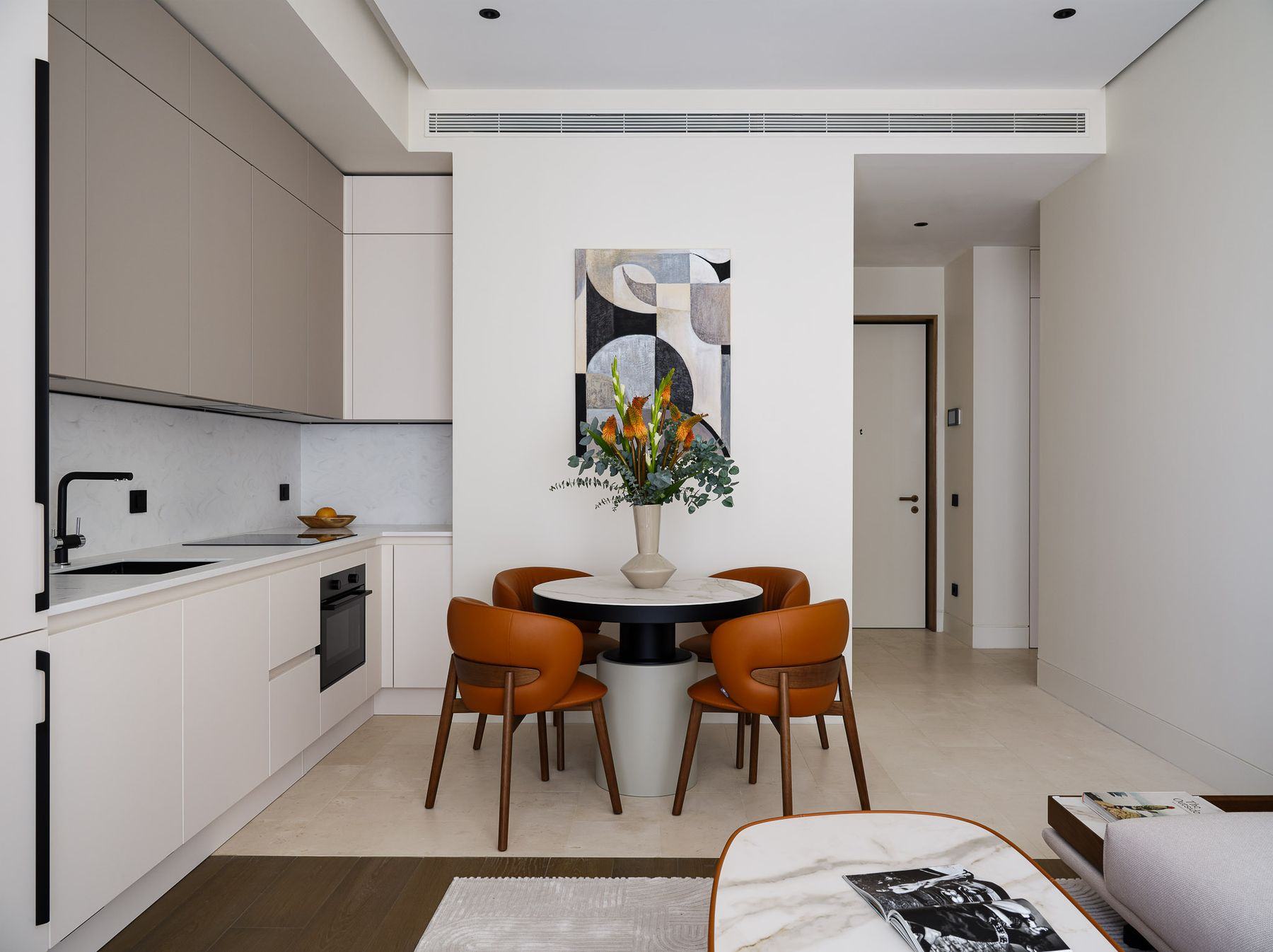
Culinary Spaces Redefined
Introduction to Modern Culinary Spaces
Traditionally, kitchens have been seen merely as places to prepare meals. However, with the advent of open-plan living and the rise of food culture, culinary spaces are fast becoming the heart of the home. This revolution in design and utilization is redefining the way we consider and inhabit kitchen spaces.
The Evolution of Kitchen Design
The kitchen has evolved from a closed-off, purely functional space into a multi-purpose hub for cooking, dining, and socializing. Contemporary designs are moving away from the utilitarian layouts of the past and embracing open, airy spaces that invite interaction and communal experiences.
Technology and Innovation
Modern culinary spaces are also at the forefront of technological advancement. From smart appliances that can be controlled via smartphone to sustainable materials and energy-efficient designs, the kitchens of today are as intelligent as they are beautiful. Innovations in storage and organization additionally help in maximizing space and efficiency.
The Role of the Island
The kitchen island has transitioned from a mere additional surface to becoming the anchor of culinary space. It often serves multiple roles - as a prep station, dining area, and a place for guests to gather. This shift is symbolic of the broader trend of kitchens functioning as interactive and adaptable environments.
Material Trends in Culinary Spaces
Materials play a significant role in the redefinition of kitchens. Industrial elements such as stainless steel and exposed brick marry with natural textures like wood and stone to create a warm yet modern aesthetic. These materials are not only chosen for their looks but also for their durability and ease of maintenance.
Lighting and Atmosphere
Lighting design is critical in setting the mood and functionality of a culinary space. Modern kitchens feature a mixture of lighting options, including task lighting for food preparation areas, ambient lighting for general illumination, and accent lighting to highlight architectural features or displayed objects.
Integration with Living Spaces
As the barriers between living spaces become more fluid, kitchens are being designed to blend seamlessly with dining and living areas. This integration encourages a more social culinary culture, eradicating the isolation of the cook and allowing the act of meal preparation to be shared and enjoyed by all.
Conclusion: The Future of Culinary Spaces
In conclusion, culinary spaces are no longer just about cooking; they are about creating experiences and nurturing relationships. The redefined kitchen of the modern era is a testament to our changing lifestyles, where the joy of cooking and the pleasure of company converge to create a space that is both functional and convivial. As we continue to innovate and imagine the possibilities, the culinary space will undoubtedly remain a crucial part of our homes and lives.
```